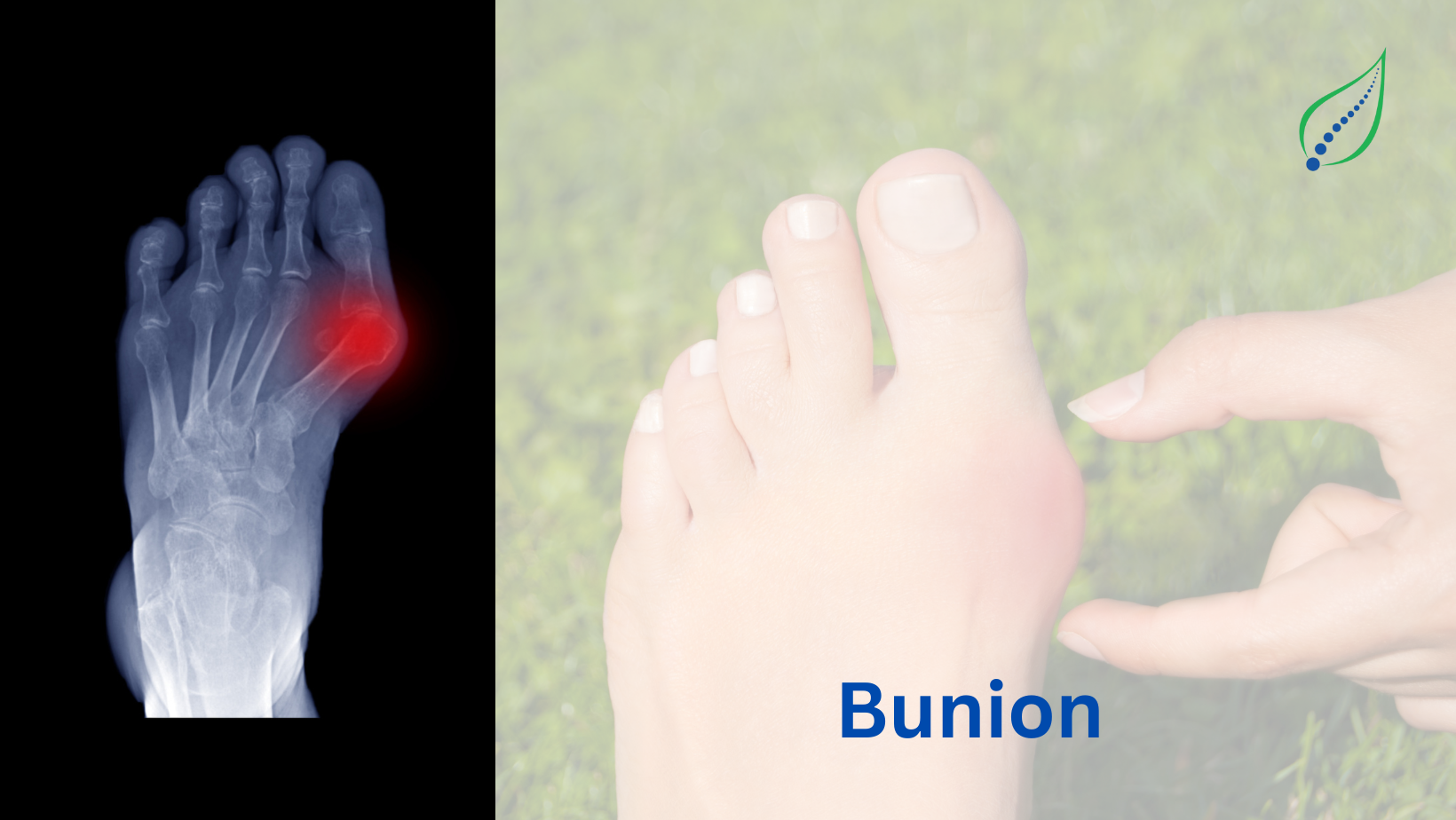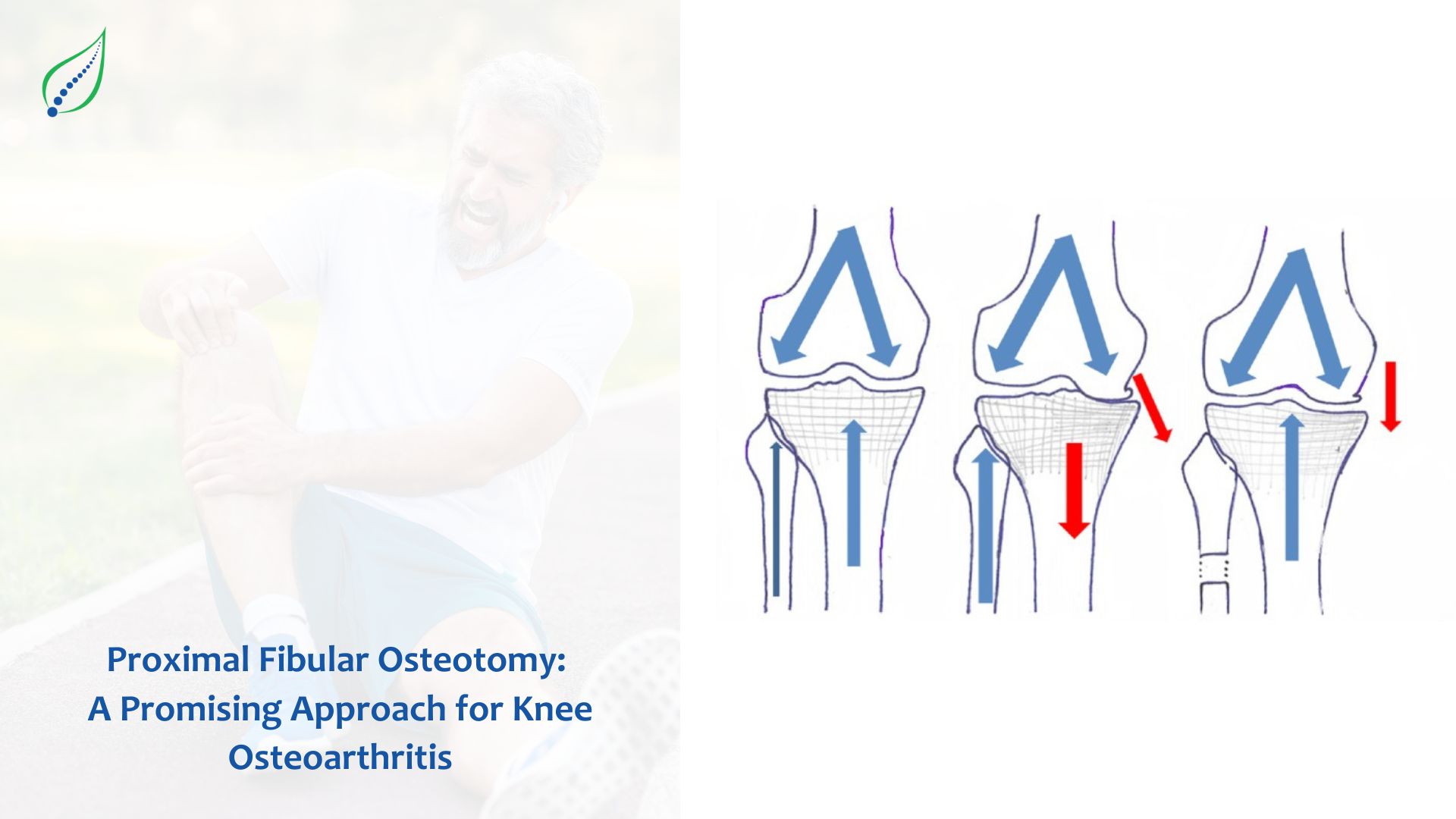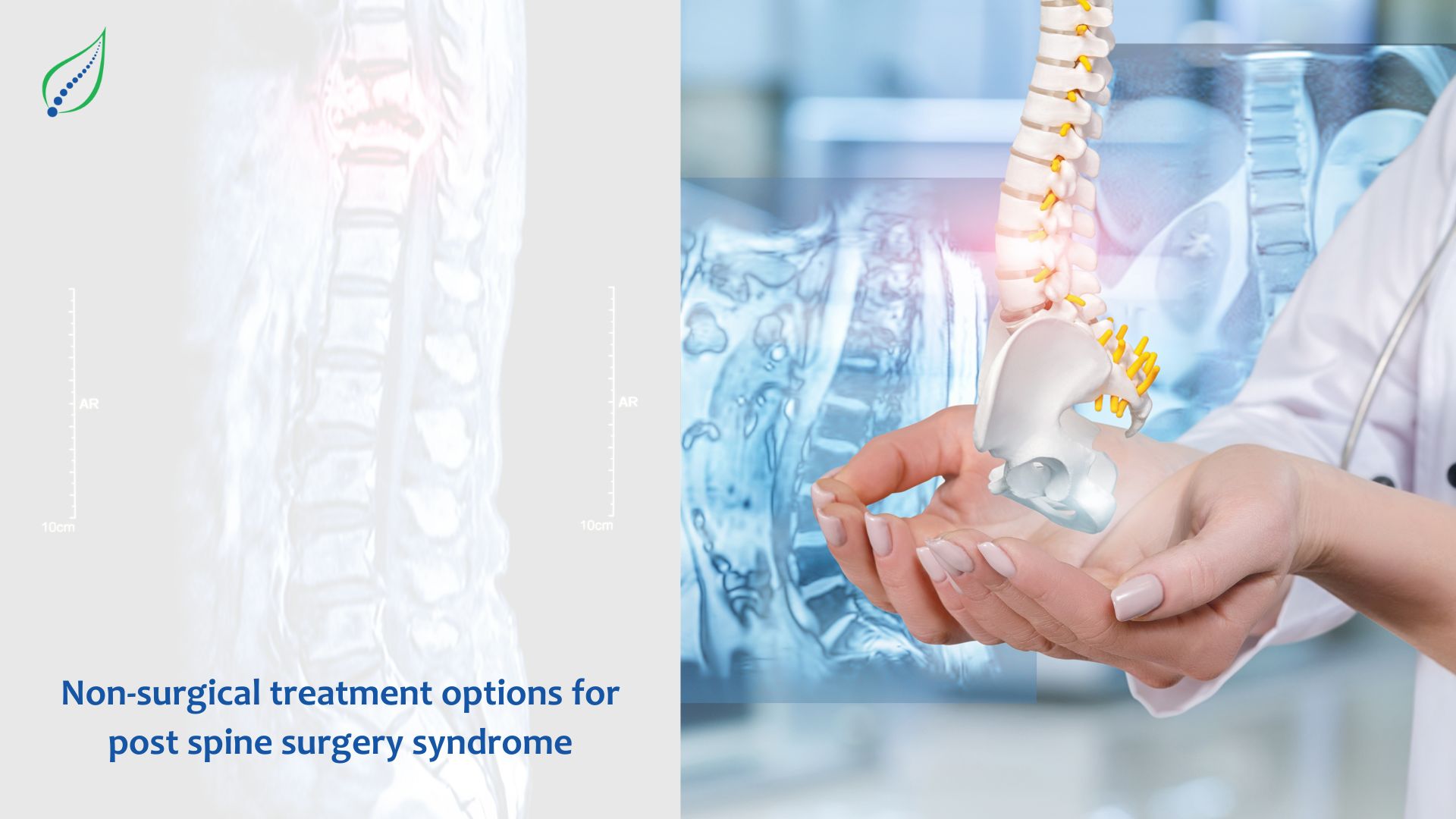Bunion
Also known as hallux valgus, is a deformity of the great toe, wherein the great toe moves towards the second toe, overlying it in severe cases making the first metatarsal head prominent. Prominent metatarsal head and its inflamed overlying bursa is known as bunion. Hypermobility of the first metatarsal, medial cuneiform and excessive foot pronation are associated with hallux valgus. Not all bunions are painful.
Footwear may contribute to deformity.
SYMPTOMS:
In people who have a bunion, the first metatarsal bone gradually moves sideways towards the other foot. As a result, the front of the foot becomes wider and the joint at the base of the big toe bulges out.
The pain is usually felt in the toes, on the bulging big toe joint or along the bottom of the foot. The big toe joint mainly hurts when you wear shoes that are too tight. If the bulge is very big, it might even hurt when wearing wide shoes.
- Limitation in walking and problems with wearing normal shoes.
- Bunions can sometimes damage nerves in the big toe, leading to numbness.
- The skin on the sole of the foot often becomes thick and hard
- The big toe joint may be red and swollen, and sometimes inflamed too. It also becomes harder to move the big toe
- Hammer toes or claw toes might develop as well
- Corns often form on the affected toes.
- Bunions can increase the likelihood of osteoarthritis in the big toe joint and lead to chronic pain
- Last, but not least, the resulting deformity can make you unsteady on your feet, increasing the risk of falls
CAUSES:
- Genetic
- Tight shoes contribute to development of bunions
- Risk of developing bunions is greater in people who have weak connective tissue, a short Achilles’ tendon, short calf muscles, or a joint disease such as rheumatoid arthritis
- But they can also develop as a result of having a splayfoot or flatfoot
INVESTIGATION:
- Your doctor will perform physical examination in sitting, standing & walking.
- Observe the joint position, movement of thumb, check for any tenderness.
- Changes in skin of the feet.
- Your doctor may check for legs position and signs for osteoarthritis.
- Doctor may advise X-RAY of your feet.
- Severity is determined based on the angle between the big toe and the first metatarsal bone.
TREATMENT:
Treatment is only needed if they cause problems. The most suitable treatment will depend on a number of factors, including the symptoms, the type of deformity, and whether the person has other medical conditions such as rheumatoid arthritis, diabetes or vascular disease.
- NSAIDS: Medicines or topical diclofenac gel application can be used.
- Splints: These toe-spacers or toe-supports are used to keep the big toe in a normal position. They can’t correct the misalignment. Splints are typically used at night.
- Well-fitting shoes: People are advised to wear flat shoes that give the toes enough room. If the big toe joint hurt, bunion pads can be used. Walking barefoot as much as possible is also recommended.
- Physiotherapy: Foot & ankle exercises can be done to strengthen and stretch the foot muscles.
- Customised insoles: Customised foot insoles gives support to first metatarsal joint and distributes the weight evenly on the foot.




